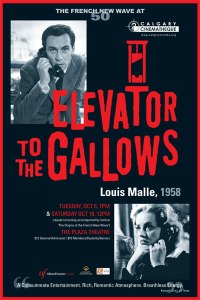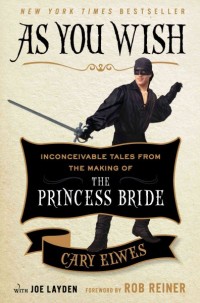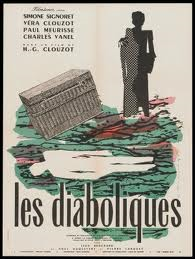 Alan from Circulation Services shares today’s review of a trilogy he enjoyed.
Alan from Circulation Services shares today’s review of a trilogy he enjoyed.
During a 19-year period Julie Delpy and Ethan Hawke appeared in three movies together: Before Sunrise (1994), Before Sunset (2004), and Before Midnight (2013). It remains a unique project, because the second and third movies were never intended to be sequels of the first; rather each movie portrays the relationship between the protagonists in a discrete time-frame – less than 24 hours of a particular day that was important to their relationship. Even though the second and third movies may be considered stand-alones, it makes much more sense to view the three movies sequentially, because each builds upon its predecessor and gives the unfolding events of each plot line background, history, and context.
The story of Before Sunrise is very simple. Julie Delpy and Ethan Hawke are students going home for the holidays who meet on a train; she is French, he is American. When they arrive in Vienna he convinces her to get off the train and explore the city with him before they continue their journeys home the next morning (hence the movie’s title). It becomes obvious that they are attracted to each other, and the movie ends with them agreeing to meet each other at the same train station six months later. Because there is this mutual attraction, you hope that they do meet again.
Fast forward ten years to Before Sunset. Ethan Hawke is in Paris promoting the book he has written about their now long-ago encounter. She attends his book talk, and they decide to spend the afternoon reconnecting before he has to catch his flight home. As the afternoon develops we learn that he is unhappily married with a young child, and she has been unable to sustain relationships. The first bloom of youth has left both of them, and they are both slightly damaged by life. When it is time to leave for the airport, he can’t pull himself away. The movie ends ambiguously – will he catch the next flight home or will they seize the second chance to live their lives together as they and the audience hope?
The third movie, Before Midnight, shows that they are together, unmarried (he is divorced), with two children of their own. Once again they spend the day and night discussing all the ups and downs of their relationship. And most of us who are enamored of these three intelligent movies and their two compelling protagonists are earnestly hoping for a fourth movie that will show us where they are and what they are like as their story continues to unfold.
Check the WRL catalog for Before Sunrise
Check the WRL catalog for Before Sunset
Check the WRL catalog for Before Midnight



















